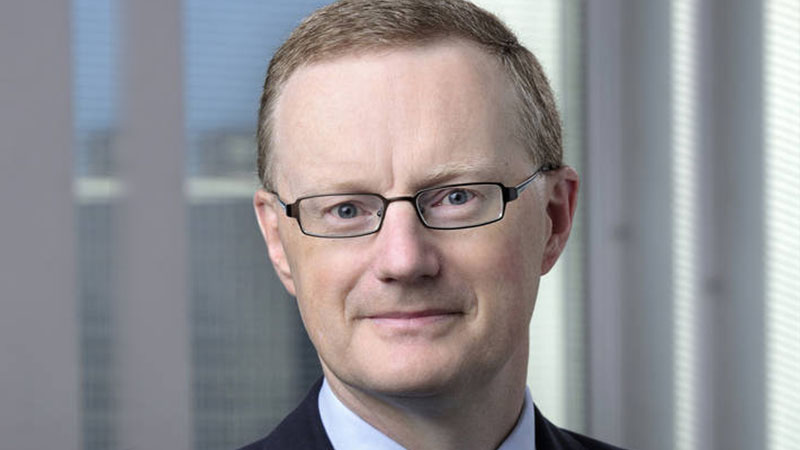On Tuesday (1 February), the Reserve Bank of Australia (RBA) revealed its first monetary policy decision for 2022: that it would maintain the cash rate at its current record low of 0.1 per cent and it would cease its bond purchasing program.
RBA governor Philip Lowe fronted the National Press Club the following day, to explain the central bank’s rationale and its forecasts for the year ahead.
He repeated the bank’s previous stance, that it will not increase the cash rate until “inflation is sustainably within the 2 to 3 per cent range”.
The RBA has updated its underlying inflation forecasts, projecting that it will reach 3.25 per cent by mid-2022, before moderating to 2.75 per cent in 2023 as supply pressures ease.
Previously, the RBA had insisted it would be unlikely to raise the rate until its previously set forecast of 2024, as inflation wasn’t expected to hit 2.5 per cent until the end of 2023.
But Dr Lowe acknowledged that inflation had risen at a faster rate than previously expected, with underlying annual inflation hitting 2.1 per cent and 2.7 per cent in the September and December quarters respectively.
“Based on the evidence we have, it is too early to conclude that inflation is sustainably in the target range,” Dr Lowe stated.
“In terms of underlying inflation, we have just reached the midpoint of the target range for the first time in over seven years. And this comes on the back of very significant disruptions in supply chains and distribution networks, which would be expected to be resolved over the months ahead.”
The RBA has also stated that in order for inflation to be sustainably within its target range, it would need annual wages growth to rise to at least 3 per cent.
While there has been a recent uptick in wages, Dr Lowe reflected that there has only been a rebound to pre-pandemic levels.
The RBA’s central forecast now is that the wage price index will rise by 2.75 per cent over 2022, before it rises by 3 per cent in 2023.
Dr Lowe nodded to other countries that had closely followed the end of their bond purchase programs with immediate cash rate rises, but insisted the same won’t apply to Australia.
He believes Australia can take “some time to obtain greater clarity”, in contrast to other countries, such as New Zealand and England, which have already moved to raise their cash rates.
As he explained, “countries with higher rates of inflation have less scope here”.
“While inflation has picked up in Australia, it remains substantially lower than the 7 per cent rate in the United States, 5.4 per cent in the United Kingdom, and 5.9 per cent in New Zealand, and it has not been accompanied by strong wages growth as is the case in the United States and the United Kingdom,” Dr Lowe said.
“These are important differences. Our lower rate of inflation and low wages growth are key reasons we don’t need to move in lock step with others.”
As such, he repeated, the “board is prepared to be patient as it monitors the evolution of various factors affecting inflation in Australia”.
The RBA is also keenly observing the rate of employment. Full employment, which is one of the central bank’s legislated mandates, is “within sight”, Dr Lowe said.
It has predicted that the unemployment rate will decline to around 4 per cent earlier than previously expected, before continuing to further wind down.
The central forecast is that unemployment will drop to around 3.75 per cent by the end of the year and that it will be sustained through 2023.
Dr Lowe noted the share of working-age Australians with a job has “never been higher than it is now”.
“Australia has not experienced unemployment rates this low in the past half century – the last time we had the unemployment rate below 4 per cent was in the early 1970s,” he stated.
The RBA has chosen to take its time with raising the rate as it ventures towards full employment, which lines up its goal to achieve its inflation target.
“We don’t want to see inflation too low or too high. We will do what is necessary to maintain low and stable inflation, which is important not only in its own right but also as a precondition for a sustained period of full employment,” Dr Lowe said.
Many have speculated that a cash rate will hit before the end of the year.
CBA and Westpac have predicted an initial lift will take off in August, while ANZ has predicted the RBA will bump up the rate in September.
[Related: Bond-buying end doesn’t mean immediate rate rise: RBA]
 ;
;
